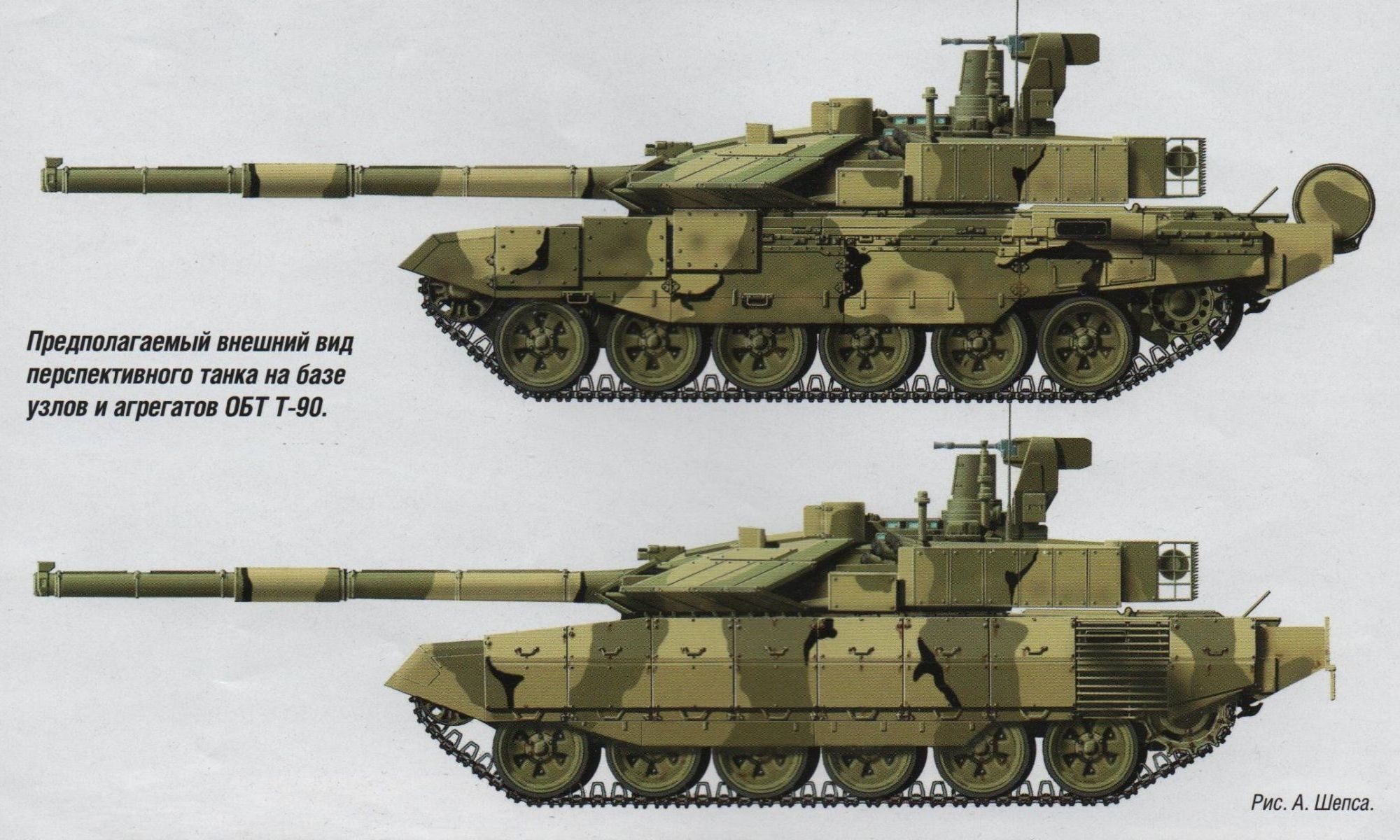

The older tanks are less suitable for a professional army, particularly in low-intensity conflicts. However, at their core, they retain characteristics that make them more suitable for a conscript army and mass armored warfare. Russia’s newest iterations of its aging tank designs, the T-90 and T-72B3, employ upgraded survivability capabilities, notably explosive reactive armor. Survivability for a professional army means assuring more trained soldiers are able to fight another day. The design of a new tank is crucial to the efficacy of a Russian professional army, which is increasingly prioritizing the survivability of its personnel. After their poor showing, Russia has sought to revamp its armed forces with a new doctrine emphasizing professionalism and incorporating modern equipment. Russia’s ill-trained conscript army, conventional Cold War tactics, and poor equipment produced catastrophes: in the battle of Grozny 1994, nearly 70% of the 200 Russian tanks involved were destroyed.

From December 1994 to August 1996, the Russian army took just over 60,000 casualties: 5,500 killed, 52,000 wounded, and 3,000 missing. The Russian army was pushed back by a stateless enemy, weak in numbers, weapons, and supplies. This shift in doctrine developed after Russia’s wars in Chechnya revealed dramatic deficiencies in its military’s ability to fight low-intensity wars. The Armata is a direct product of an effort by the Russian Federation to professionalize its armed forces. The Armata represents Russia’s dedication to developing a professional army capable of fighting in large scale and low-intensity regional conflicts. Instead, it is important to examine how this new tank reveals key changes in Russian military doctrine. The West should not be distracted by the Armata’s recent public relations disaster.

Purported by media to be a super tank, the credibility of the T-14 is now being seriously questioned due to the Armata that broke down during the rehearsal for the parade. With Moscow’s Victory Day parade quickly approaching, there has been significant coverage on the newest addition to the Russian family tree of armored vehicles, the T-14 Armata.


 0 kommentar(er)
0 kommentar(er)
